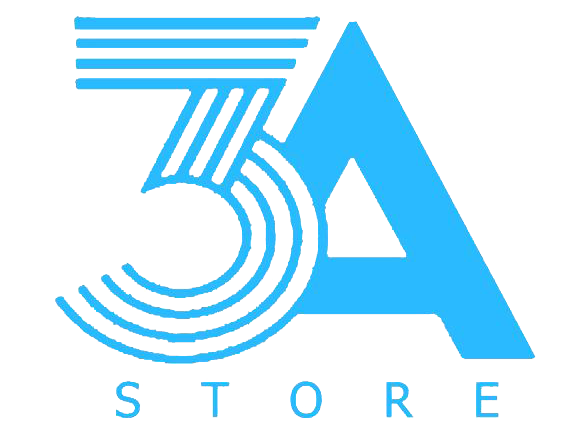A corporate management structure is how a company’s leaders communicate with one another and assign responsibilities. It can be an important tool to help grow your business by separating owners from managers and helps you to draw investors. A corporate management structure creates a clear chain of command, ensuring that people know who to call with questions.
A board of directors is responsible for the long-term strategy and supervises all operations. It also determines and addresses the risks, such as legal issues and leadership gaps as well as physical security as well as cybersecurity. It sets the “tone at the top” for ethical conduct and ensures shareholders are safeguarded. A board also approves budgets, selects a chief executive officer (CEO) and determines the most important employees, and oversees the performance of the CEO and senior management.
The board can include both members from the outside and inside. Inside directors could be shareholders or top managers. They are selected by the board. They play a much more active job and provide unbiased opinions. Outside directors do not work for the company, but they perform the same functions as inside directors. They assist the board to make better decisions and are sometimes called executive directors.
Large companies typically organize themselves according to their product or market. This is similar acquisition process flow chart to a functional system however instead of dividing the team into departments or jobs they are arranged around the product or market. This is a suitable solution for companies with multiple lines of business and projects, but it can be difficult to expand. It can also create inefficiencies when different departments perform similar tasks.





